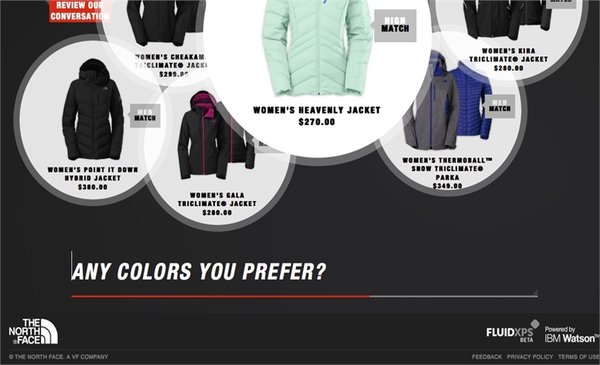One could argue that marketing has never been less instinctive – and maybe that’s not a bad thing.
For years, decision makers fidgeted and vexed as marketing teams sought to explain why the decisions they had made ‘felt’ right. Today, digital technologies provide data in massive amounts and extraordinary detail, and those that make the most of that plethora of insight can, according to McKinsey, show productivity rates and profitability that are 5 – 6 percent higher than those of their peers.
But as marketers come to grips with the screeds of data that now form such a key part of their market intelligence, I wonder whether the thing that makes marketing so interesting, its humanity, is in danger of being lost. I wonder whether algorithms are enough. Sure, they deliver the big picture, the macro view, that enables us to analyze as never before but do they generate the insights at a one-on-one level that brands need to motivate people to change?
So many of those moments are so small, barely visible to the naked eye – unless you take the time to sit and really observe how people act and react. As a young copywriter I was encouraged to get out and do this all the time: to sit somewhere and watch people, and to talk one on one with them (and really listen). In focus groups, people are to some extent influenced by the social context in which questions are asked. They can respond as much to the signals of others in the group as they do to the things they are being requested to evaluate. But when you take the time to notice how people individually behave, you get to see the things that the numbers can’t tell you.
With the headlong rush to throw data at perceived problems, let’s not forget, in the words of Rory Sutherland, to also sweat the small stuff. I love his point: “The tendency of the organization or the institution is to deploy as much force as possible…whereas actually, the tendency of the person is to be almost influenced in absolute reverse proportion to the amount of force being applied.”
As consumers, we respond to the things that feel most natural to us, that seem to fit with what we want and what we take comfort in, whether it is a habit, a ritual or a belief. Those things aren’t always rational, patterned or even predictable. But understanding those things forms what I refer to as “little data”: the micro-views that bring big trends down to specific, human observations. That little data, in my view, needs to mesh with the big picture material to provide an integrated and adjustable view of behaviors and motivations at all levels of magnification. I find the macro material fantastic for building an overall view of mass behaviors and trends. Little data really comes into its own though when you are formulating content because it feels so approachable and so recognizable.
If you’re a reader of Charles Duhigg, Nir Eyal and/or The Heath Brothers, you’ll be well aware of the difficulty of breaking habits and the power of predictability and structure in our lives. Little data moments work because they build on what people do/believe/love rather than asking them to change or stop doing what they know. Those “don’t you love it how …” observations are ones we all warm to. They make brands accessible. They are the ways of doing things that connect us, and that brands need to connect more cleverly with.
So the next time you’re looking for ways to launch a new product, introduce a new idea, change an attitude, lift sales, build on success or arrest a decline, I suggest two things.
- Get out of the office and observe the little things people do in their natural habitat.
- Don’t ask people to do something momentous. Instead, make a little impact. Look for ways to affirm a belief they have today or connect with a habit that is currently slotted into their lives. Tie your new idea to one people enjoy now – in such a way that you cleverly extend what they already enjoy doing.
The Blake Project Can Help: The Brand Positioning Workshop
Branding Strategy Insider is a service of The Blake Project: A strategic brand consultancy specializing in Brand Research, Brand Strategy, Brand Licensing and Brand Education




